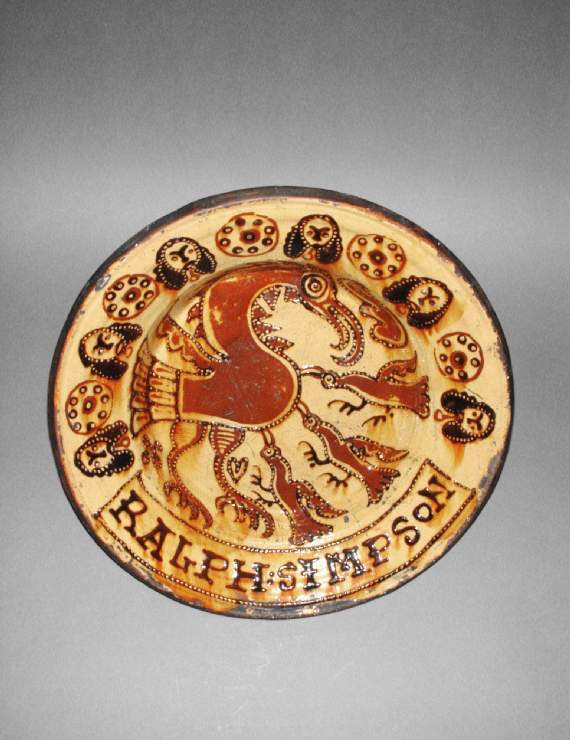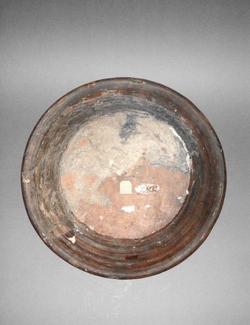Terms of use
These images are provided for non-commercial use under a Creative Commons License (BY-NC-ND). To license a high resolution version, please contact our image library who will discuss fees, terms and waivers.
Download this imageCreative commons explained - what it means, how you can use our's and other people's content.





